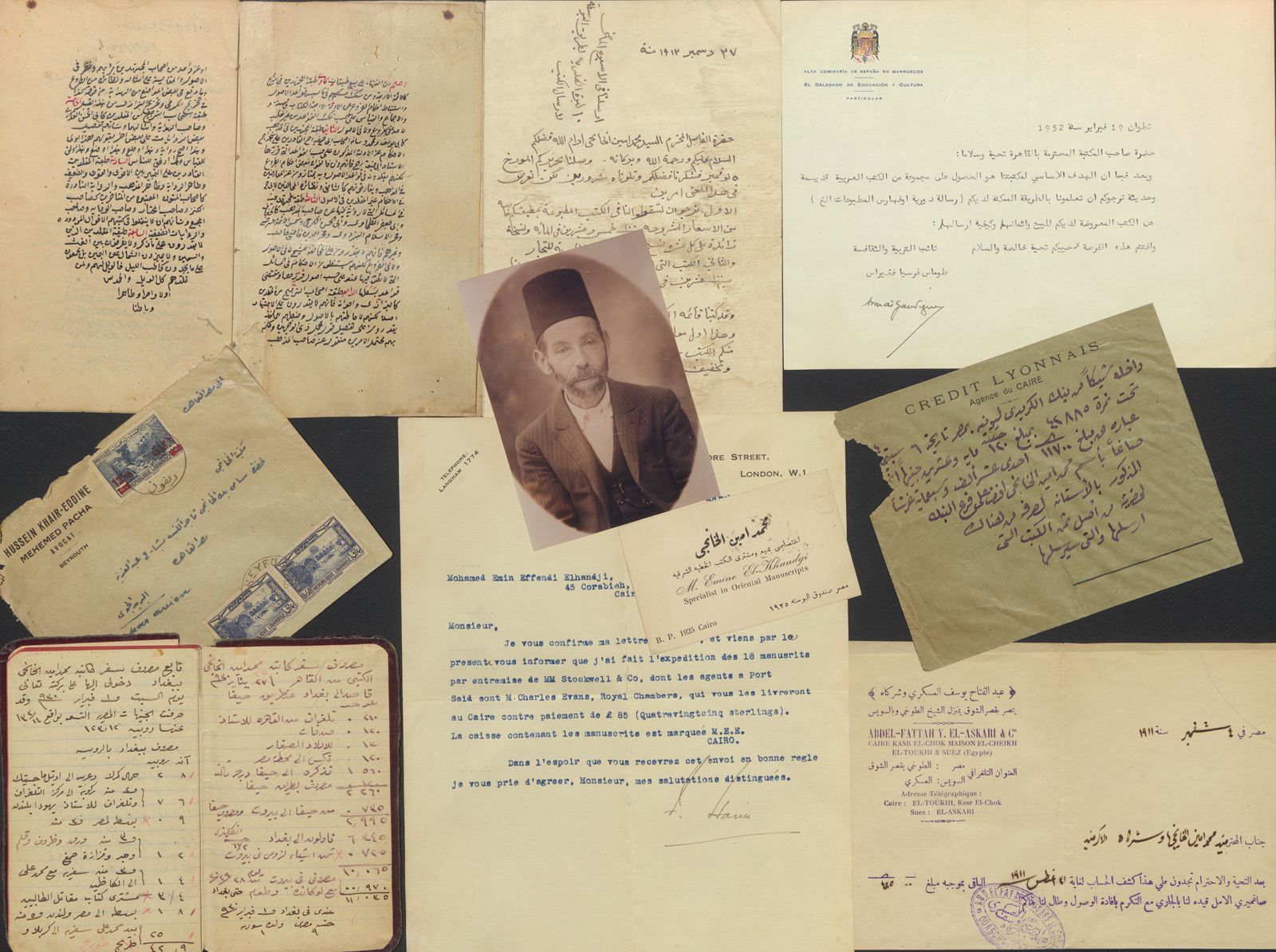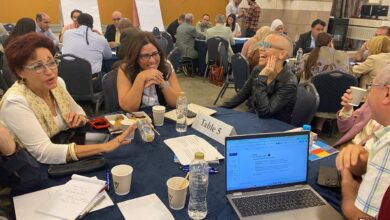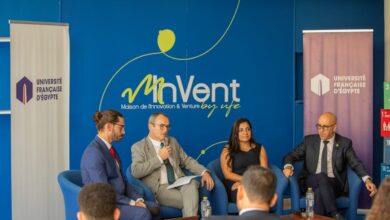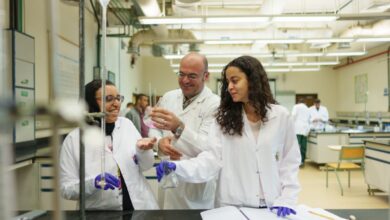AUC ACQUIRES HISTORICAL MAKTABAT AL-KHĀNJĪ ARCHIVEIN COLLABORATION WITH U.S. INSTITUTIONS

Libraries and Learning Technologies at The American University in
Cairo (AUC) is collaborating with five leading U.S. academic institutions — Institute for Advanced
Study, Princeton University, New York University, University of Michigan and College of Charleston
— to acquire the historical Maktabat al-Khānjī Archive. The AUC Library will digitize materials from
the archive while preserving the original collection in the University’s Rare Books and Special
Collections Library. “AUC is ideally placed to house, curate, conserve, archive and digitize the
collection in its library,” said Lamia Eid ’88, ’92, dean of Libraries and Learning Technologies at
AUC. “Our collaboration with the five U.S. institutions, each bringing its own unique policies and
procedures, has been both a testament to our shared conviction and profound understanding of
the significance of this unique collection.”
Belonging to one of the leading manuscript collectors, editors and publishers of Arabo-Islamic
literature in the 19th and 20th centuries, Muhammad Amin al-Khānjī, Maktabat al-Khānjī has been
at the center of the editing, printing and circulation of key Arabic and Islamic texts, providing a
window onto the worlds of Arabic and Islamic manuscripts from the 1920s to the 1960s. “These
archival materials reveal the intricate social relationships formed during that process between
Muslim and non-Muslim European actors involved in the exchange of cultural and intellectual
resources,” said Mostafa Hussein, assistant professor at the University of Michigan.
2
Ahmad Khan, assistant professor of Islamic studies at AUC who has conducted research on this
archive and Maktabat al-Khānjī as a whole, emphasized the significance of this collection. “This
archive can help set a new research agenda and subdiscipline in the field of Islamic and Middle
Eastern studies, revealing new connections between actors, institutions and publishing houses
across the Middle East.”
The Maktabat al-Khānjī Archive has the potential to transform our modern-day understanding of
book history and print culture in the Middle East and North Africa. The diverse material would be of
critical interest to libraries, archivists and scholars of Arabo-Islamic intellectual thought, offering
valuable insights in economic, book and provenance history as well as print culture, manuscript
study and technology.
Rana Mikati, associate professor at the College of Charleston noted that the al-Khānjī archive, for
the first time, offers a perspective that was previously missing from the history of the region.
“Among other things, it corrects the narrative of the formation of European and North American
collections of Islamic manuscripts that has emphasized the roles of foreign dealers and
documents, their dependence on local actors and their expertise.”
Garrett Davidson, associate professor at the College of Charleston explained that the attempt to
better understand the provenance of the Princeton University collection of Islamic manuscripts led
him to the al-Khānjī archive. “What I found in this archive provides intimate documentation of not
only that story but a much larger one: a mass translocation of manuscripts at the core of many
other collections in the Near East, Europe and beyond.”
Sabine Schmidtke, professor of the Institute for Advanced Study believes that the Khānjī archive
will open up new venues for the study of the history of Arabic manuscripts and book collections
throughout Europe and beyond. “What is particularly gratifying is the fact that our six institutions
have worked smoothly together to acquire this important archive and thus to hold it together as
one, perhaps providing a model for the rescue of comparable archives whenever they become
available.”
Upon acquiring the unique archive, the AUC Library immediately initiated efforts to preserve the
collection. The first step is to ensure the conservation of the material. This involves implementing
appropriate measures to protect and maintain the physical condition of the items in the collection.
Following the conservation efforts, the library will proceed with the processing, digitization and
metadata creation for the archive. “These essential steps are crucial to make the collection
accessible and valuable for researchers, the collaborating institutions and the scholarly community
at large,” said Eid.







